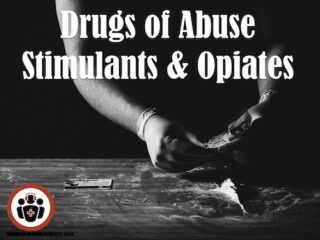EM Cases Summaries OLD
The EM Cases Summaries are succinct, written, easily navigable, key point reports of each main episode podcast, authored by Our Team that you can download to your smartphone or tablet to reference and read at the bedside or at your leisure with 2 easy automatic download options: Evernote or Dropbox. Or you can download individual summary pdfs below. Download individual pdf EM Cases Summaries by clicking on the episode title below Episode 174 Traumatic Pneumothorax - Is Less More? with Mathieu Toulouse Episode 173 Febrile Infant with Brett Burstein & Gary Joubert Episode 172 Syncope Simplified with David Carr Episode 170 Cardiac Arrest Controversies Part 2 - PoCUS, Communication, ECPR, Termination with Bourke Tillmann, Scott Weingart, Sara Gray & Rob Simard Episode 169 Cardiac Arrest Controversies Part 1 with Bourke Tillmann, Scott Weingart, Sara Gray & Rob Simard Episode 167 Myocarditis with Paul Dorian & Walter Himmel Episode 166 Pericarditis & Cardiac Tamponade with Paul Dorian & Walter Himmel Episode 164 Cardiogenic Shock Simplified with Tarlan Hedayati & Bourke Tillmann Episode 163 Acute Heart Failure Part 1 with Tarlan Hedayati & Bourke Tillmann Episode 161 Red Flag [...]




